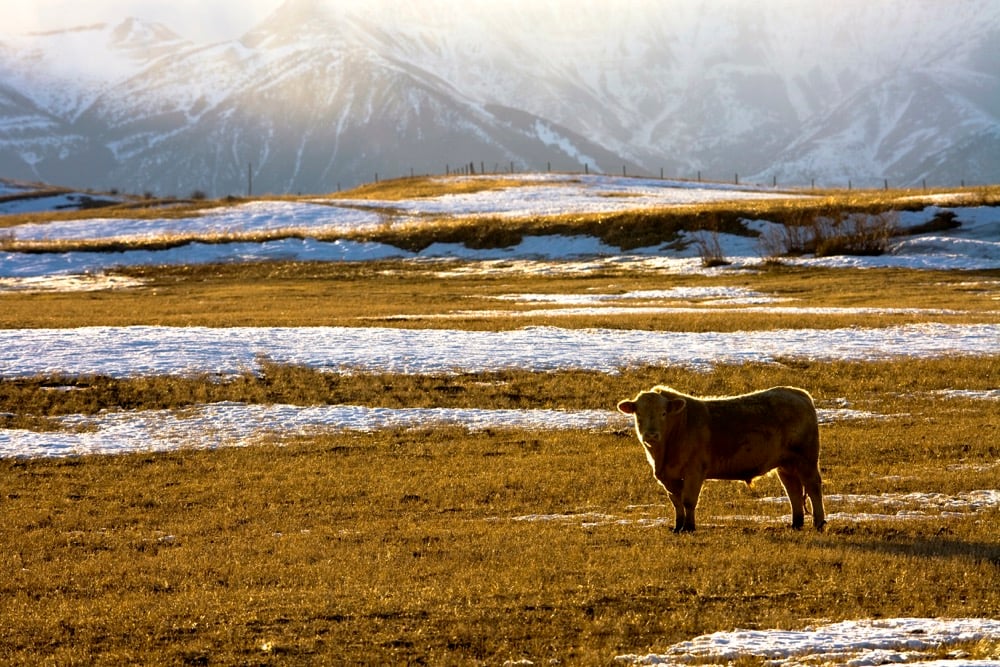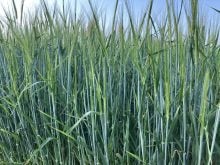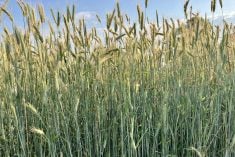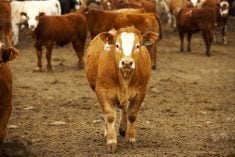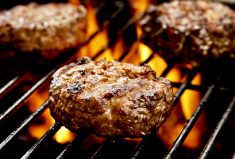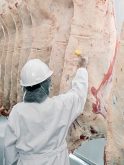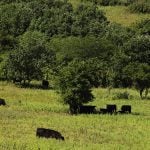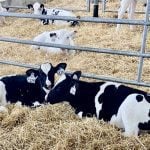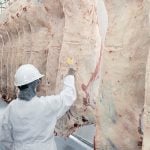Feeder and fed cattle traded at historical highs over the past year. I’ve received many calls and emails from cattle producers asking questions regarding the market fundamentals moving forward. Can producers expect prices to stay at higher levels or is the market vulnerable to downside potential? During August and September 2024, there were fears that the U.S. economy was experiencing recessionary characteristics, but the U.S. consumer continued to spend. McDonald’s stock reached a fresh record high of $317 during October and this is a barometer for beef demand. In this issue, I’ll discuss and provide my opinion on the most common questions that I received over the past 12 months.
After the Republican convention that took place in July 2024, producers were asking about former president Trump’s policies toward the cattle and beef trade. Does the current rhetoric justify concerns and should producers be aggressively forward contracting calves or fed cattle for 2025? After the election in November, president-elect Trump was quick to ignite fears. I had a discussion about this with a USDA representative. In the previous Trump term, after some “off the cuff” comments, the secretary of agriculture and other advisors would discuss the situation. President Trump’s campaign theme was to bring down food prices and adding tariffs to imported food products is not logical. One thing we can bank on is that Canada will do all it can to stem the tide of illegal immigrants crossing from Canada to the U.S. Don’t make irrational decisions from irrational comments. In this case, you wait until there is further confirmation. The media frenzy can often cause unwarranted fears. Don’t be a cynic and trust that Trump has intelligent advisors.
The second-most common question was regarding the similarities of the price rallies in 2014 and 2015 to the rally in 2024. When prices peaked in 2014 and 2015, the cattle herd had experienced two years of heifer retention. In 2023 and 2024, the cattle herds on both sides of the border were in contraction mode. The market hasn’t reached the level where producers are holding back a significant number of heifers. The only similarity between the two major price rallies is that prices went up. This past year, we’ve learned not to compare the two periods (2014 and 2024) to project future price activity.
This leads to the third question: When will cow-calf producers start holding back heifers to expand the herd? The feeder cattle market is functioning to encourage expansion. Usually, the first sign of expansion is a drop in the beef cow slaughter which is followed by heifer retention. The easiest way to expand the herd, if the producer has enough feed, is to hold back older cows for another year of breeding. The U.S. beef cow slaughter peaked in 2022 at 4.029 million head. During 2023, the official beef cow slaughter was 3.582 million head. At the time of writing this article, the U.S. beef cow slaughter was on track to finish 2024 at 3.02 million head. This is low enough to suggest that producers will be holding back heifers from the 2025 calf crop. The additional heifers will be bred in 2026 and the first calves will come on the market in the latter half of 2026 but for sure in 2027. Producers can expect the first year-over-year increase in calf crops in calendar year 2027. The main year-over-year growth in U.S. beef production from this herd expansion will occur in 2028.
Read Also
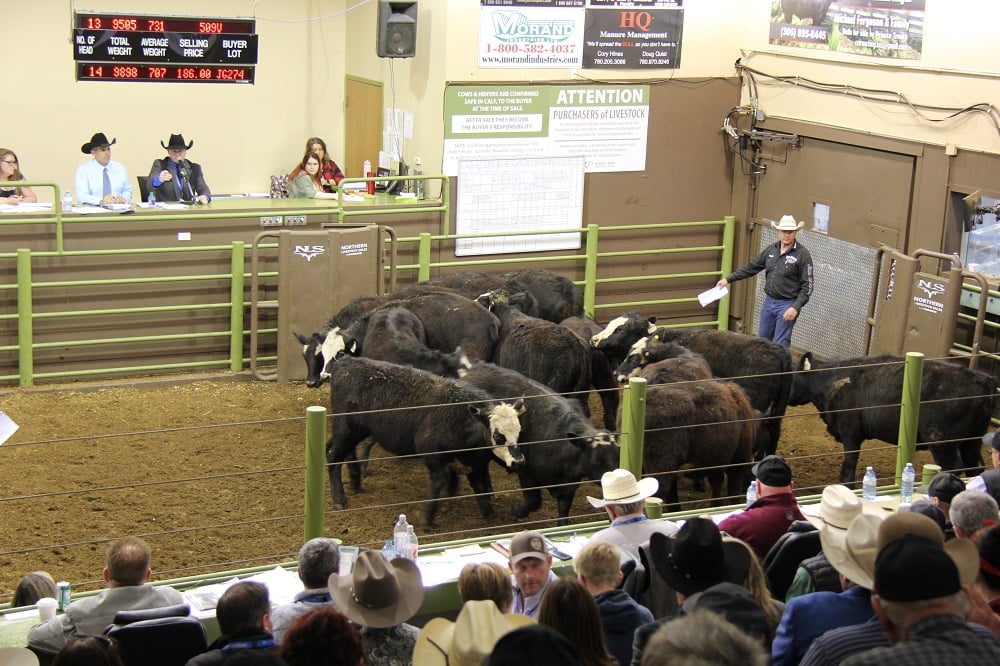
Cattle Market Summary
Break-evens, cow and calf prices, plus market summaries courtesy of Canfax and Beef Farmers of Ontario. Cost of Production October…
Beyond Meat Inc. stock was trading over $230 in July 2019. At the time of writing this article, it was $5.05. Nothing more needs to be said. There have been studies that show the price of alternate meats has little influence on beef demand. I don’t consider products such as Beyond Meat alternate meats but “lab-produced products.” This product is highly processed which scares off the consumer that they’re trying to attract. This will never replace beef. Don’t worry about it.
It’s hard to argue that the price of retail beef in the grocery store is due to higher cattle prices. Beef is typically a loss leader for the grocery store. It’s at the back of the store and when you need help, you must wait. Many other costs such as labour, rent, energy and transportation are contributing to record-high food prices. If high beef prices were due to the lower cattle supply and lower beef production alone, then other food prices would not experience the same type of year-over-year increase. The old saying: farm products could double in price and you wouldn’t notice a change on the retail shelf, if all other factors stayed the same, rings true. The truth is in the industry. Cow-calf producers are not expanding their herds because the price of cattle is not high enough in this environment. Compared to 30 years ago, today’s cattle prices would appear very high, but not with the costs of today.
I appreciate the comments and questions and the debates from readers.


